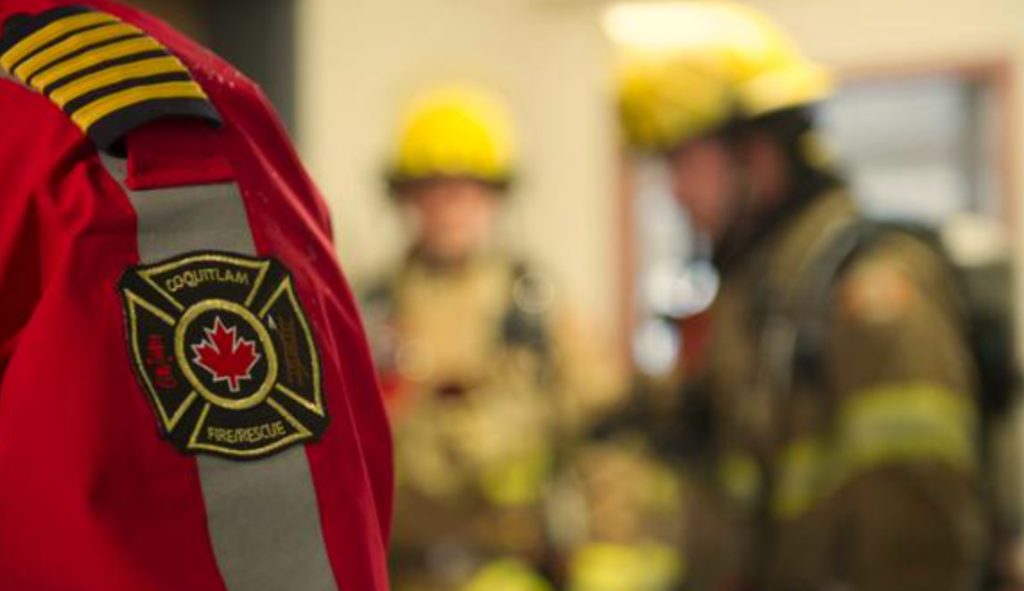Canada to ban import of dogs from countries considered at high risk for rabies

Posted July 1, 2022 1:13 pm.
Last Updated July 2, 2022 5:25 am.
The animal rescue community is calling on the feds for a solution instead of a ban after the Canadian Food Inspection Agency (CFIA) announced a new measure prohibiting the entry of commercial dogs from countries considered at high-risk for dog rabies.
Earlier this week, the CFIA said this measure, which goes into effect on September 28, is to protect Canadians and their pets by reducing the risk of introducing dog rabies into the country.
The animals considered “commercial dogs” include those for foster, adoption, resale, breeding, show or exhibition, and research, and there’s more than 100 countries listed as “at high-risk for dog rabies.”
In an interview with CityNews, lawyer and executive director of Animal Justice, Camille Labchuk, said the dog rescue community was stunned to hear this news because there was no consultation with the people who work to bring animals into Canada from international locations, where dogs face overcrowded high-kill shelters and a life of danger on streets.
“I don’t think there’s any disagreement that preventing dog rabies from getting into Canada is an important goal,” Labchuk said, “the rescue community is united and being very willing to take measures, like vaccinations, like quarantines, like testing, to prevent rabies from proliferating in Canada.”
Labchuk said this ban will likely lead to the closure of many international dog rescues, which work in countries to save the animals from the meat-trade industry and war-torn countries, such as Ukraine and Afghanistan, and bring them back to Canada to be fostered and adopted.
“Some of these organizations,” Labchuk said, “use any proceeds that they receive from adoption fees and donations to put that money back into the country where the dogs come from to promote spay and neuter, and actually perform those operations, and hopefully reduce the suffering of street dogs, somewhat.”
“This rule, I think, has very very far-reaching consequences that are going to be monumentally bad for dogs around the world,” she said, and is also concerned this could create more puppy mills in Canada.
Labchuk said it doesn’t make sense to include dogs for adoption and foster in a commercial category for this policy.
“Adoption is not a commercial use of a dog, it’s a rescue-based use of a dog and an attempt to find a dog a home,” Labchuk explained, “we would absolutely support restrictions on the imports of commercial dogs, but dogs for personal reasons or adoption reasons to find them new homes, that’s a whole different category and should be treated completely different.”
Animal Justice has launched a petition, calling on the CFIA to allow adoptable animals into the country by creating exemptions for animal rescues and humanitarian efforts.
Labchuk said the CFIA needs to pause the policy for now, go back to the drawing board and speak with dog rescue organizations and experts, to find out how they can all work together to prevent the spread of rabies.
“Dog rescue organizations exist first and foremost to help dogs,” she said, “nobody in those organizations wants to see rabies come to Canada, so they’re all very motivated to be part of the solution here.”
Labchuk said this policy also comes after the U.S. made exemptions to CDC regulations that saw a ban of dogs from some countries into that country, “it’s surprising that Canada wouldn’t coordinate more closely with the states and learn from their experience that this policy had very bad effects on dog rescues.”
BREAKING: @InspectionCan is planning to prohibit the import of dogs for adoption from over 100 countries, due to rabies concerns—which is a preventable disease.
Dogs in wartorn countries could be left to suffer & DIE. ACT NOW! ➡️ https://t.co/YJZoVci5dC pic.twitter.com/Ewxof1p67r
— Animal Justice (@AnimalJustice) June 29, 2022
It’s because of that policy in the U.S. that non-profit, No Dogs Left Behind, which saves dogs from the meat-trade industry overseas, opened a location in Canada, in Toronto.
NDLB founder, Jeffrey Beri, echoes Labchuk in that he too commends the government in working to protect people and animals from rabies, but wants to see the feds work together with rescues to come up with a solution instead of a ban on importing the dogs.
Beri also said governments need to put pressure on countries that don’t have animal welfare laws, which will also help to prevent the cause of zoonotic diseases.
“I call upon a global audience to recognize the incredible concern for us to scream louder and pound our fists on the table for governments all over the world,” Beri said, “to put pressure on governments all over the world to enforce global animal welfare laws. No country in the world has a right to operate without any animal welfare laws, it puts the world at risk, it’s reckless behaviour,” adding, “and only opens up the door for the next global pandemic.”
“Nothing will stop us from saving lives, nothing will stop us from creating solutions,” Beri said, “we will not turn our backs to the voiceless.”
The CFIA said there’s no cases of dog rabies in Canada, which is a different strain of rabies found in wildlife, “However in 2021, dogs were imported into Canada with this disease.”
While it did not say how many dogs brought the disease into the country last year, the CFIA said the Public Health Agency of Canada (PHAC) and provincial public health authorities asked it to take action to address the risks from importing dogs.
The CFIA said rabies is more than 99 per cent fatal for humans and dogs once they start to show symptoms and is nearly 100 per cent preventable with proper vaccination of animals.
“The importation of even 1 rabid dog could result in transmission to humans, pets, and wildlife. If a person is exposed, they need to undergo serious medical treatment,” the CFIA said, and that dog rabies kills 59,000 people every year globally.
“Importing commercial dogs from these countries poses a serious public health risk to Canadians. The CFIA’s new measure will help reduce the risk from imported commercial dogs from countries at high-risk for dog rabies,” it said, “Several other countries also have strict import conditions to reduce the risk of importing dogs infected with dog rabies and other diseases.”
The CFIA said it will be exploring options to strengthen the requirements for the import of personal pet dogs and assistance dogs from the countries considered to be at high-risk for rabies.










